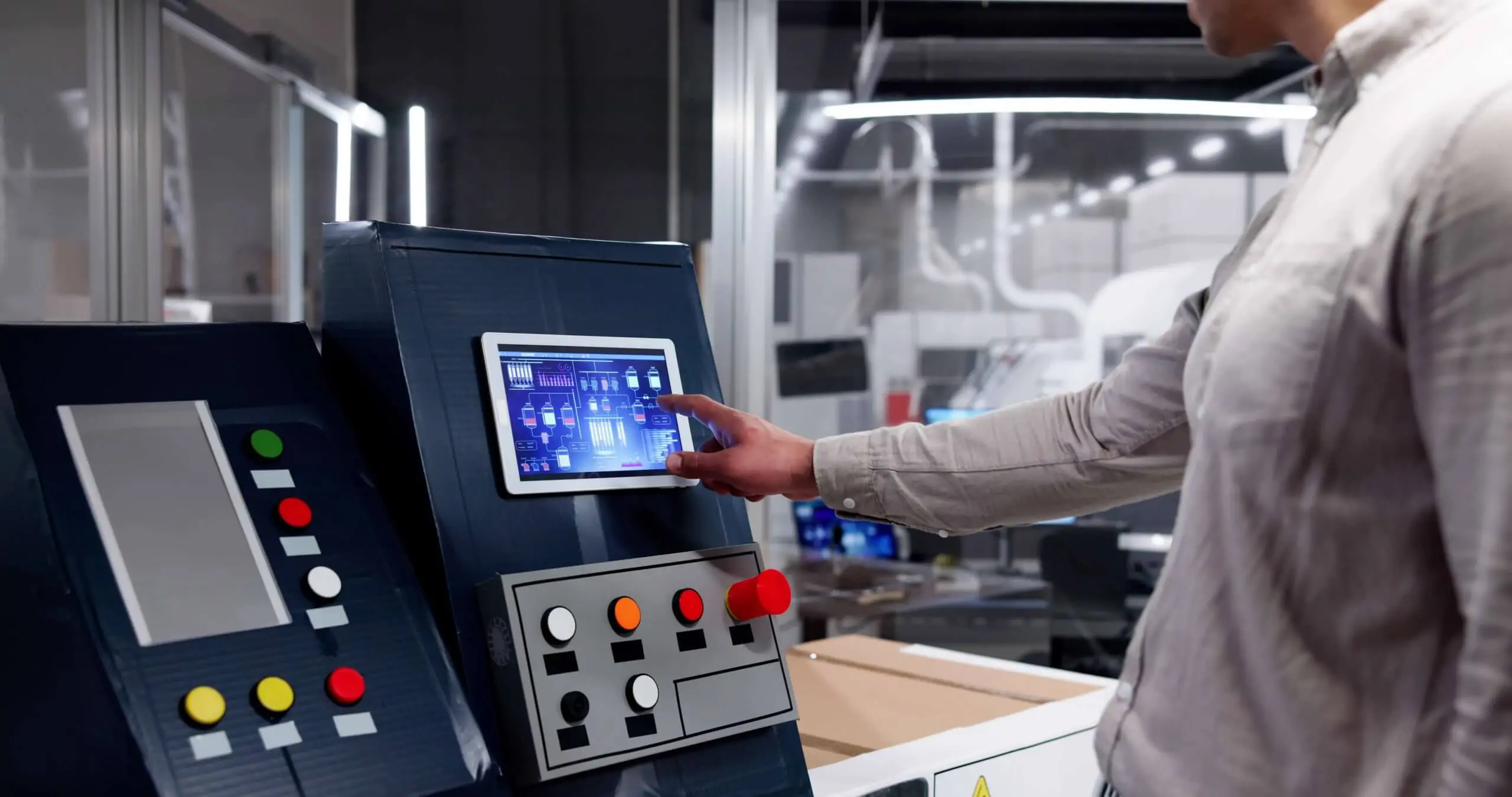
Complete Guide to PACSystems RX3i HMI Integration
Modern industrial automation requires seamless controller visualization. According to ARC Advisory Group, over 65% of automation projects involve HMI integration. The Emerson PACSystems RX3i provides robust control system capabilities.
Understanding RX3i in Industrial Automation
The PACSystems RX3i represents advanced programmable automation controller technology. It bridges traditional PLCs and complex DCS systems. This platform delivers high-speed processing for demanding applications.
RX3i supports critical factory automation functions. Its modular design enables flexible configuration. The system handles complex control tasks efficiently.
Protocol Selection for Communication
Choose the appropriate communication protocol first. RX3i supports SRTP and Modbus TCP/IP protocols. Ethernet provides the fastest data exchange method.
Configure unique IP addresses for both devices. Ensure they share the same network subnet. This establishes reliable industrial network communication.
Recommended protocols include:
- SRTP for native GE/Emerson systems
- Modbus TCP/IP for universal compatibility
- Ethernet/IP for Allen-Bradley networks
- OPC UA for modern secure communication
PLC Variable Configuration
Define data tags in Proficy Machine Edition software. Map internal variables to HMI-accessible addresses. Use %R registers for Modbus TCP communication.
Assign clear symbolic names to all variables. This simplifies control systems maintenance. Avoid non-retentive memory for critical parameters.
HMI Driver Setup Process
Configure the HMI communication driver carefully. Select the specific RX3i driver option. Enter the correct PLC IP address and port settings.
Verify all communication parameters match. Test the connection before proceeding. This ensures reliable data exchange.
Tag Mapping and Screen Design
Link HMI objects to PLC register addresses. Import tag databases from PME software. Create intuitive operator interface screens.
Design displays for easy process monitoring. Include alarm management screens. Implement secure access levels.
System Testing and Validation
Perform comprehensive integration testing. Verify network connectivity first. Test all HMI screen functions thoroughly.
Validate critical safety interlocks. Check motor control sequences. Document all test results properly.
Industry Trends and Recommendations
OPC UA is becoming the new industry standard. It offers enhanced security features. The protocol provides standardized data modeling.
Modern HMIs support web-based visualization. Mobile access is increasingly important. Cloud connectivity enables remote monitoring.
Practical Implementation Tips
Follow these best practices for successful RX3i integration:
- Use descriptive tag naming conventions
- Implement alarm management strategies
- Include cybersecurity measures
- Document network architecture completely
- Plan for future expansion requirements
For reliable RX3i components and HMI panels, visit World of PLC’s automation products. We supply tested hardware with full technical support.
Real-World Application Scenarios
RX3i systems excel in multiple industrial applications. They handle complex water treatment plants efficiently. Manufacturing automation benefits from their high-speed processing.
Energy management systems utilize RX3i capabilities. Building automation requires reliable control systems. The platform scales from small to large applications.
Frequently Asked Questions
What is the difference between RX3i and traditional PLCs?
RX3i offers higher processing speed and greater memory capacity. It supports more complex programming and larger I/O systems.
Which HMI brands work best with RX3i?
Emerson’s own QuickPanel series provides native compatibility. However, most major HMI brands support RX3i through standard protocols.
How long does typical RX3i HMI integration take?
Basic integration requires 2-3 days for experienced engineers. Complex systems may need 1-2 weeks including testing and optimization.







